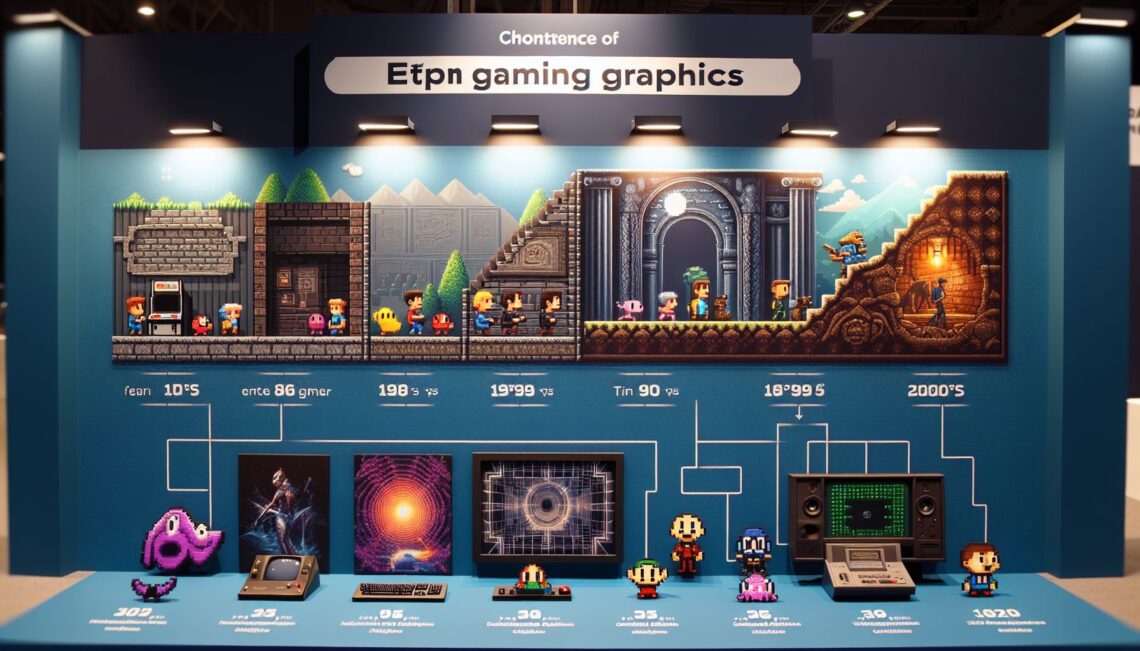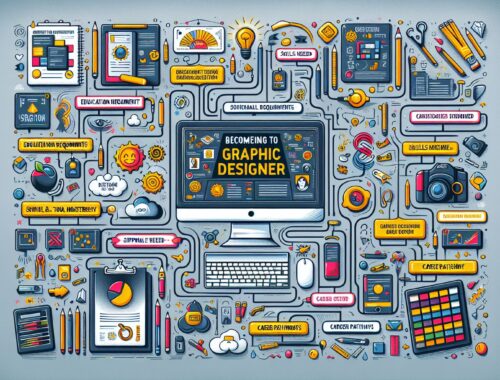
Evolution of Gaming Graphics: A Designer’s Journey
The world of gaming has come a long way since its humble beginnings, especially when it comes to the visual appeal of games. As a designer, it is crucial to understand the evolution of gaming graphics and how they have revolutionized the industry. In this article, we will delve into the journey of gaming graphics, from their modest origins to the highly immersive experiences we enjoy today.
Introduction
Graphics are an integral part of the gaming experience, allowing players to be transported to imaginative worlds. At the birth of video games, in the 1970s, graphics were simple and limited due to technological constraints. Pong, widely regarded as one of the first video games, featured two rectangular paddles and a small ball – a far cry from the lifelike environments we encounter today.
The Early Era
During the 1980s and early 1990s, gaming graphics were primarily pixel art. Masterpieces like Super Mario Bros., Pac-Man, and The Legend of Zelda showcased the creative potential of this style. Designers, utilizing limited color palettes and large pixels, learned the art of suggestion, capturing the essence of their worlds within those tiny squares.
As technology advanced, developers gained the ability to introduce 3D visuals, providing a new level of immersion. Games like Doom and Wolfenstein 3D in the early 1990s pioneered the use of 3D graphics, although still rudimentary by today’s standards. These early ventures into three-dimensional worlds laid the foundation for future advancements.
The Rise of Realism
The late 1990s and early 2000s witnessed a significant leap forward in graphics, with the arrival of more powerful gaming consoles and personal computers. Artists now had the opportunity to create more realistic and detailed environments, unleashing their creativity. Games such as Final Fantasy VII and Tomb Raider captivated audiences with their immersive worlds, showcasing the potential of enhanced graphics.
During this period, professional visual artists became increasingly involved in game development. With backgrounds in illustration and painting, they brought a touch of artistry to the industry. It was now possible to create lifelike characters and intricate landscapes that transported players to new realms, sparking their imaginations like never before.
The Present and Beyond
Fast forward to the present, and the evolution of gaming graphics continues at an astonishing pace. With advancements in hardware and software technology, games like Red Dead Redemption 2, The Last of Us Part II, and Assassin’s Creed Valhalla display breathtakingly realistic visuals that blur the line between virtual and reality. Artists now have access to advanced rendering techniques, dynamic lighting, and high-definition textures, allowing them to create vibrant and awe-inspiring worlds.
Additionally, virtual reality and augmented reality platforms have opened up new possibilities for designers, pushing the boundaries of creativity and immersion even further. Visual artists now have the opportunity to craft experiences that seamlessly blend the virtual and physical worlds, creating visually stunning and unforgettable moments.
Conclusion
The evolution of gaming graphics has been a remarkable journey. From humble beginnings with simple pixel art to the awe-inspiring realism of today’s visually stunning games, designers have been at the forefront of this revolution. The creative contributions of professional visual artists have been essential in crafting captivating gaming experiences that push the boundaries of technology and artistic expression.
As a designer, understanding this evolution is crucial for staying at the cutting edge of game development. By keeping up with the latest advancements and continually honing their artistic skills, designers can contribute to creating visuals that immerse players in breathtaking worlds, allowing them to experience the magic of gaming like never before.
You May Also Like

How to Become a Graphic Designer: A Guide for Professionals
April 3, 2024
Becoming a Graphic Designer: A Parent’s Guide
January 10, 2024

